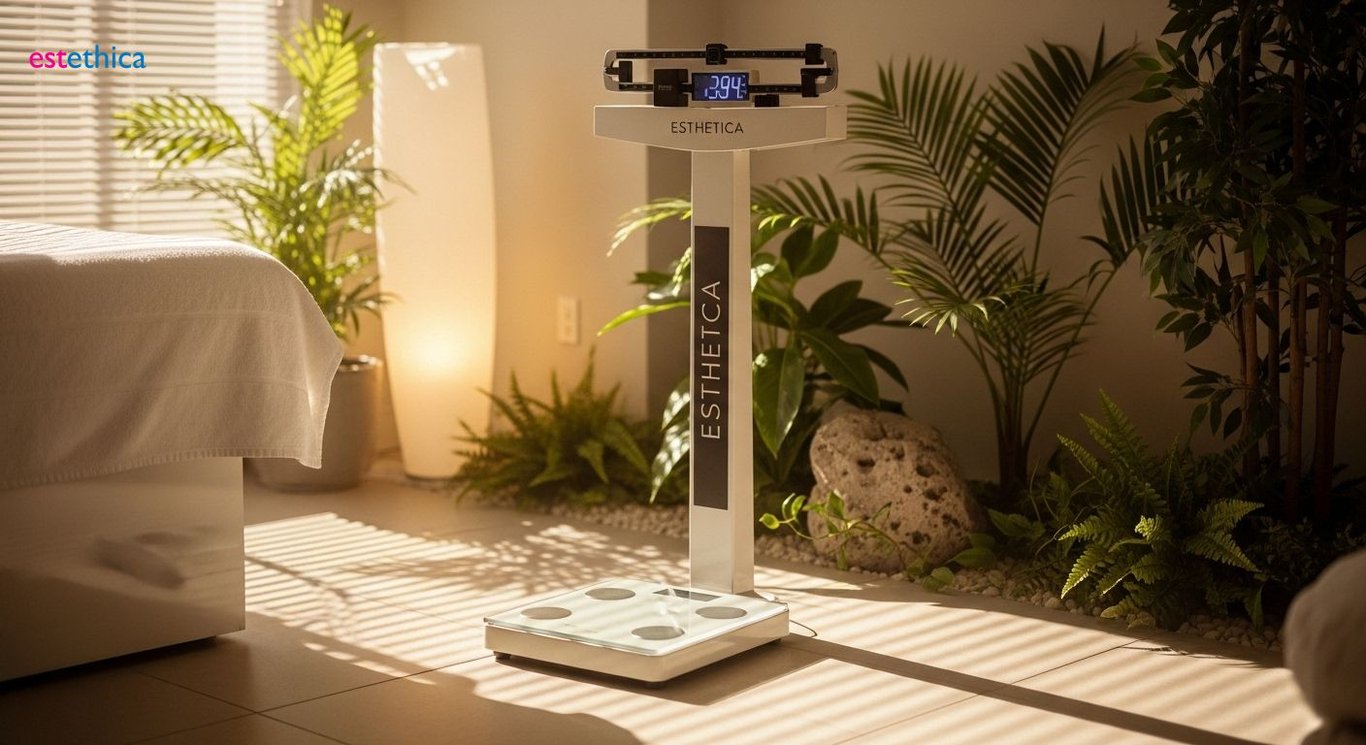Tummy Tuck Unveiled: Your Guide to a Sculpted Core
Discover the transformative power of tummy tuck surgery for a firmer, fitter you. Learn all about the procedure, recovery, and if it's the right choice for your body goals.
Tummy tuck surgery, also known as abdominoplasty, is a popular cosmetic procedure aimed at achieving a flatter and firmer abdomen. This surgical process is highly sought after for its ability to enhance body contours, especially post-pregnancy or significant weight loss. This guide delves into the intricacies of tummy tuck surgery, covering all aspects from the procedure to recovery, ensuring you make an informed decision. Join us as we explore whether this transformative surgery could be the right choice for you.
What is Abdominoplasty and How Can It Reshape You?
Understanding the Tummy Tuck Procedure
Abdominoplasty, frequently called a tummy tuck, addresses aesthetic concerns by removing excess skin and fat from the abdomen. This surgical procedure also tightens abdominal muscles, creating a smoother and firmer abdominal profile. Body contouring surgery enhances physical appearance and offers psychological benefits, particularly for those who have experienced significant weight changes.
The procedure often takes between two to five hours, depending on the extent of correction needed. Ideal candidates for abdominoplasty are individuals who have maintained stable weights but struggle with loose skin, commonly after pregnancy or significant weight loss. The goal is to create a more toned appearance that aligns with the patient’s overall body proportions.
Benefits of Abdominoplasty
- Improved Body Shape: Enhances the contour of the abdomen, providing a more streamlined silhouette.
- Muscle Repair: Tightens weakened or separated abdominal muscles, which can improve core strength.
- Removal of Excess Skin: Eliminates sagging skin, especially after significant weight loss or pregnancy.

Tummy Tuck Surgery: Understanding the Procedure & Benefits
Surgical Techniques Used in Tummy Tuck Procedures
The tummy tuck surgery, or Abdominoplasty, involves precise surgical steps aimed at reshaping the abdomen to provide a more toned appearance. Typically conducted under general anesthesia, the procedure starts with an incision made across the lower abdomen, from hip to hip. The surgeon then lifts the skin and fat layer to access the abdominal muscles. These muscles are tightened by suturing them together, which provides a firmer abdominal wall and helps improve posture. Loose skin removal is a critical part of this body contouring surgery, ensuring the remaining skin is re-draped smoothly over the newly contoured abdomen.
This meticulous process often takes between two to five hours, influenced by the extent of necessary correction. For instance, individuals who have experienced significant weight loss might require more extensive skin removal. Proper execution of each step is vital for achieving optimal results and minimizing potential complications. The benefits of this procedure extend beyond aesthetics, as many patients report improved physical comfort and confidence following their recovery.
Health Advantages of Tummy Tuck
- Improved Posture: Tightening abdominal muscles provides enhanced support to the spine, which helps improve posture.
- Alleviation of Back Pain: By reinforcing the abdominal structure, abdominoplasty can reduce strain on the back muscles, which can help alleviate certain types of back pain.
- Reduced Stress Urinary Incontinence: Often experienced after childbirth, this condition can be improved through muscle and tissue repair during a tummy tuck.

Tummy Tuck Recovery: Essential Tips for a Smooth Healing Process
Navigating the Initial Recovery Phase After a Tummy Tuck
Recovery from Tummy Tuck Surgery is a crucial period that significantly impacts the overall success of the procedure. Following your surgeon’s specific instructions is paramount. Initially, managing surgical drains is essential to prevent fluid accumulation and reduce the risk of infection. Adhering to a prescribed medication schedule helps control pain and minimize discomfort. Rest is vital in the early stages, allowing the body to allocate energy toward healing and tissue repair. This phase requires diligent care and attention to ensure optimal results from your abdominoplasty.
For example, patients are often advised to maintain a specific posture while resting to avoid excessive strain on the sutures. Another tip includes gradually increasing movement to promote circulation and prevent blood clots. Many find it beneficial to prepare their home environment beforehand, ensuring essential items are within easy reach to minimize unnecessary physical exertion during the initial days post-surgery. Proper aftercare significantly influences not only the speed but also the quality of recovery following a tummy tuck.
Key Elements for a Smooth Tummy Tuck Recovery
- Compression Garments: Wearing compression garments as directed by your surgeon helps reduce swelling and supports the abdominal tissues during healing.
- Drain Management: Proper care and emptying of surgical drains are critical to prevent fluid buildup and reduce infection risk.
- Activity Restrictions: Adhering to prescribed limitations on physical activities ensures that the surgical site is not stressed, promoting better healing outcomes.

Is a Tummy Tuck Right for You? Factors to Consider
Assessing Your Candidacy for Abdominoplasty
Deciding whether a tummy tuck is the right choice involves a thorough evaluation of several factors. Ideal candidates typically include those with significant loose skin removal or weakened abdominal muscles due to pregnancy, aging, or substantial weight loss. A stable weight is crucial, as significant fluctuations post-surgery can compromise results. The procedure aims to refine the abdominal area, remove loose skin removal, and tighten muscles for enhanced body contouring.
Emotional readiness is equally important. Patients should have realistic expectations about the outcomes and understand the recovery process involved. A successful abdominoplasty enhances physical appearance and boosts self-esteem. Consulting with a qualified surgeon is essential to discuss your goals, assess your eligibility, and understand the potential risks and benefits associated with tummy tuck surgery.
Key Considerations Before Undergoing a Tummy Tuck
- Health Evaluation: A comprehensive assessment ensures you are physically fit for surgery, which is crucial for minimizing complications.
- Realistic Expectations: Understanding the achievable results helps align your expectations with the potential outcomes of the procedure.
- Commitment to Aftercare: Being prepared to follow post-operative instructions diligently is essential for optimal healing and results.
Moreover, it’s important to consider the long-term implications of body contouring. For instance, maintaining a healthy lifestyle post-surgery will prolong the benefits and ensure lasting satisfaction.
Weighing the Pros and Cons of Abdominoplasty
- Improved Abdominal Tone: Provides a firmer and more contoured abdomen by tightening loose muscles and removing excess skin.
- Enhanced Self-Esteem: Can significantly boost confidence with improved body image and physical appearance.
- Potential Risks: As with any surgery, there are risks such as infection, scarring, or adverse reactions to anesthesia, which must be considered.
Transform Your Body: The Ultimate Guide to Tummy Tucks
Laser-Assisted Slim Lipo for Enhanced Body Contouring and Skin Tightening
Personalized Tummy Tuck Recovery Plans Ensuring Optimal Healing and Patient Comfort
Frequently Asked Questions
What is a Tummy Tuck (Abdominoplasty) and what are its primary benefits?
What does the recovery process after Tummy Tuck Surgery involve?
Who is an ideal candidate for a Tummy Tuck procedure, and what factors should be considered?
What health advantages can be achieved through Tummy Tuck Surgery?
How does Tummy Tuck Surgery improve overall body contouring and self-esteem?
Transform your health and beauty with estethica's expert guidance.
📞 Call Now for a Free Consultation!